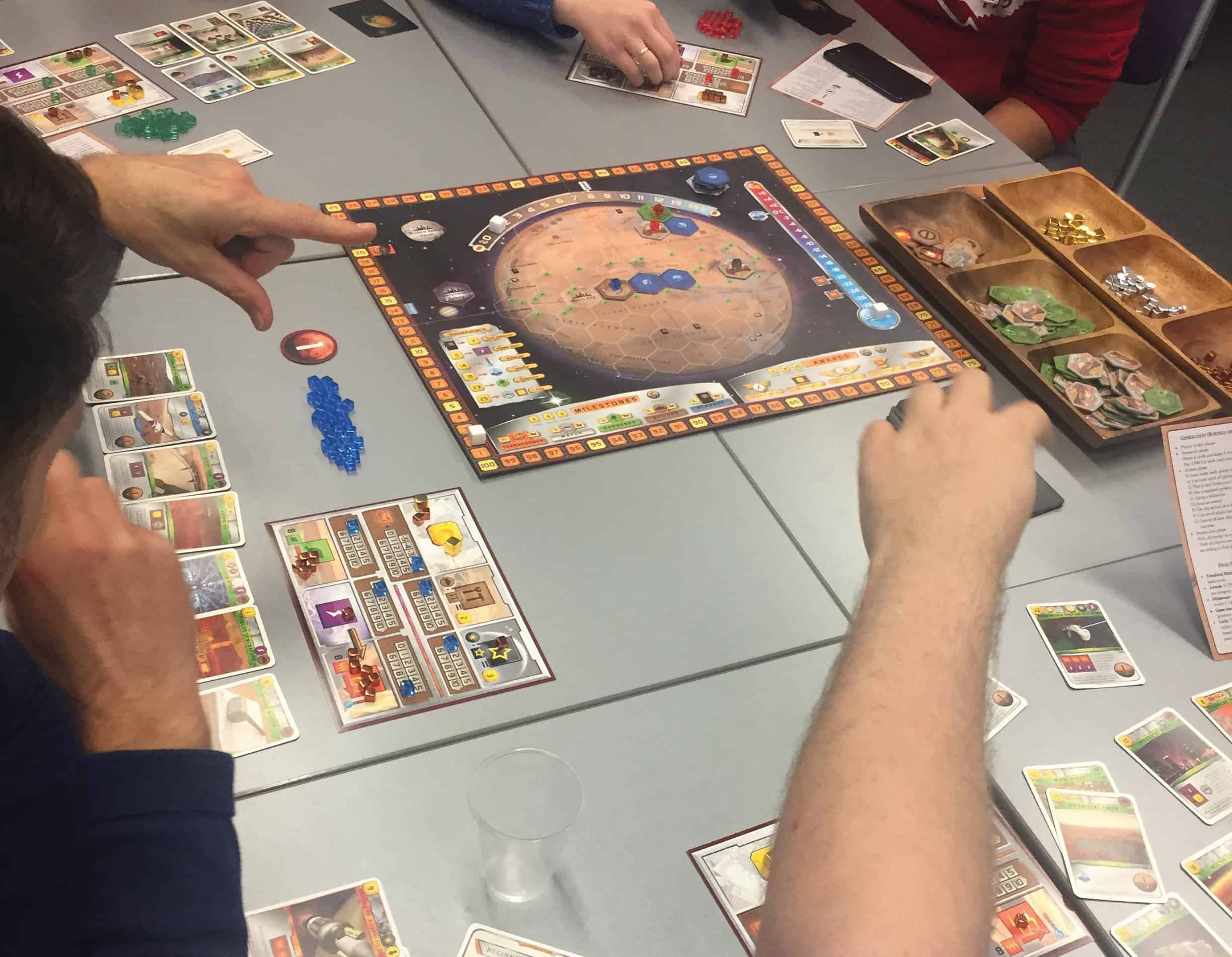Getting engaged: what encourages the public to marry up with environmental research?
01 Nov 2018 Liz Kalaugher
To paraphrase Alison Robinson of the UK’s Natural Environment Research Council (NERC), the Engaging Environments programme plans to take public engagement away from the penguins, volcanoes, earthquakes and dinosaurs that her six year-old son likes and instead communicate about the issues that people have conversations about. Robinson was speaking at the programme’s symposium in Bristol to mark its funding of six projects over the last year.
Listening to people was a key theme, with Carl Stevenson of the University of Birmingham, UK, detailing Encompass, which has worked with community organizing charity Citizens UK to find out what people want to know and whether environmental science can be an asset to them, rather than trying to promote this science to people whether they’re interested or not.
To most people numbers don’t speak, they’re a barrierPierrette Thomet
Encompass employs “brokerage”, bringing researchers and people together. People are often interested in the hyper-local, such as rubbish in the street, and it’s important to match up their self-interest with environmental research, Stevenson’s colleague Caroline Gillett told Environment and Energy at Physics World. Litter picks, for example, can reveal how much we’re throwing away and lead to conversations about recycling and pollution. Concerns about traffic or speeding, meanwhile, can segue into research about air quality and atmospheric science, and landscape-planting projects could bring in experts to talk about biodiversity.
Art of engagement
Rather than bringing artists and scientists together to collaborate, the Climate Stories project aimed to teach scientists to find their own artistic voice and think about how to communicate their research in other ways. “To most people numbers don’t speak, they’re a barrier,” said musician and artist Pierrette Thomet, so using a story, a picture or a poem may work better. Thomet explained that the defined structure of a poem puts a personal experience into a framework that others can tap into; art can enable a connection point with another person. Science, on the other hand, can’t as it’s so precise.
As part of Climate Stories, 20 scientists in the Exeter area took part in a three-day workshop with a singer songwriter, printmaker, writing tutor and theatre professional. This allowed the researchers to “think about their work in new terms” and “through others’ eyes”, according to Thomet. “Science is telling stories, so is the arts,” she said. Following the workshops, not only did scientists change their approach, with one colleague including a poem in a presentation to DEFRA, but the arts coordinators changed their practice too, with some visiting the Met Office archives to inspire their work.READ MORE

Climate Stories principal investigator Peter Stott of the UK Met Office and University of Exeter co-led a writing workshop at Exeter’s Royal Albert Memorial Museum. Members of the public looked at Arctic objects whilst Stott talked about climate science, and Sally Flint led a writing workshop. Other workshops took place at Sidmouth Amateur Dramatic Society Youth Group and Farms for City Children. Stott and Thomet see the Climate Stories project as a blueprint for extension to other disciplines.
Words were also important to the Future of Our Seas, which, as Ian Rowlands of Incredible Oceans explained, helped scientists in Oban and Plymouth find a shared language and make their work relevant to people’s lives, then set them loose on the public at the Plymouth Pirate Days Weekend and West Highland Yachting Week. One result, available at the symposium, was Sounds West Coast, a collection of seaweeds in petri dishes that, when you waved your hand over them, played different sounds; this demonstrated how noise pollution in the oceans makes it hard for animals to go about their daily lives. In the panel discussion at the end of the day, Rowlands’ words were strong: “we’re all in a car about to go off a cliff and we’re arguing about who should relay the message”.
Participate, participate
Opening Up Science for All saw Hilary Geoghegan of the University of Reading, UK, and colleagues investigate how to bring environmental science and the public together and initiate participatory public engagement. UCL has developed a MOOC on citizen science, Geoghegan told delegates, and charity Earthwatch has training materials too, whilst The European Association of Citizen Science is now sharing best practice. Involvement levels vary — they peak when the public co-creates and designs the experiments, Geoghegan explained.
Harriett Richardson of the UK’s National Centre for Atmospheric Science, meanwhile, detailed how the Climate Communication Project has examined public engagement with climate change in the UK, investigating what works best, and engaging with community groups in order to build up a resource for all.
Playing devil’s advocate in the symposium’s Provocation session, Savita Wilmott of The Natural History Consortium said she thought that business was a key part missing from engagement projects, with organisations often bringing business in at the end and asking for money.

In the ensuing discussion, delegates suggested that “we can join other people’s conversations, not have them join ours” and cited Sport England as doing a good job at looking not at who’s missing, but who feels able to walk through the door.
The sixth project under the Engaging Environments umbrella is a little different – it’s the glue that brings all the other projects together, according to Sophie Duncan of the National Co-ordinating Centre for Public Engagement (NCCPE). In the wrap-up session, Duncan called for more interdisciplinary training so that groups can work better together, whether that’s politicians, big business, researchers, charities or activists. “I’m hoping we won’t go off the cliff, we’ll find a roadmap,” Duncan added. “We won’t do that by sitting in separate rooms saying we need to find a common language.”
So, what’s next? Putting its money where its mouth is, NERC plans to invest £1.3 m over the next three years in a single project to engage the UK public with contemporary issues in environmental science. What that project is remains to be seen.
1/11/2018 FROM PHYSICSWORLD.COM

Δεν υπάρχουν σχόλια:
Δημοσίευση σχολίου